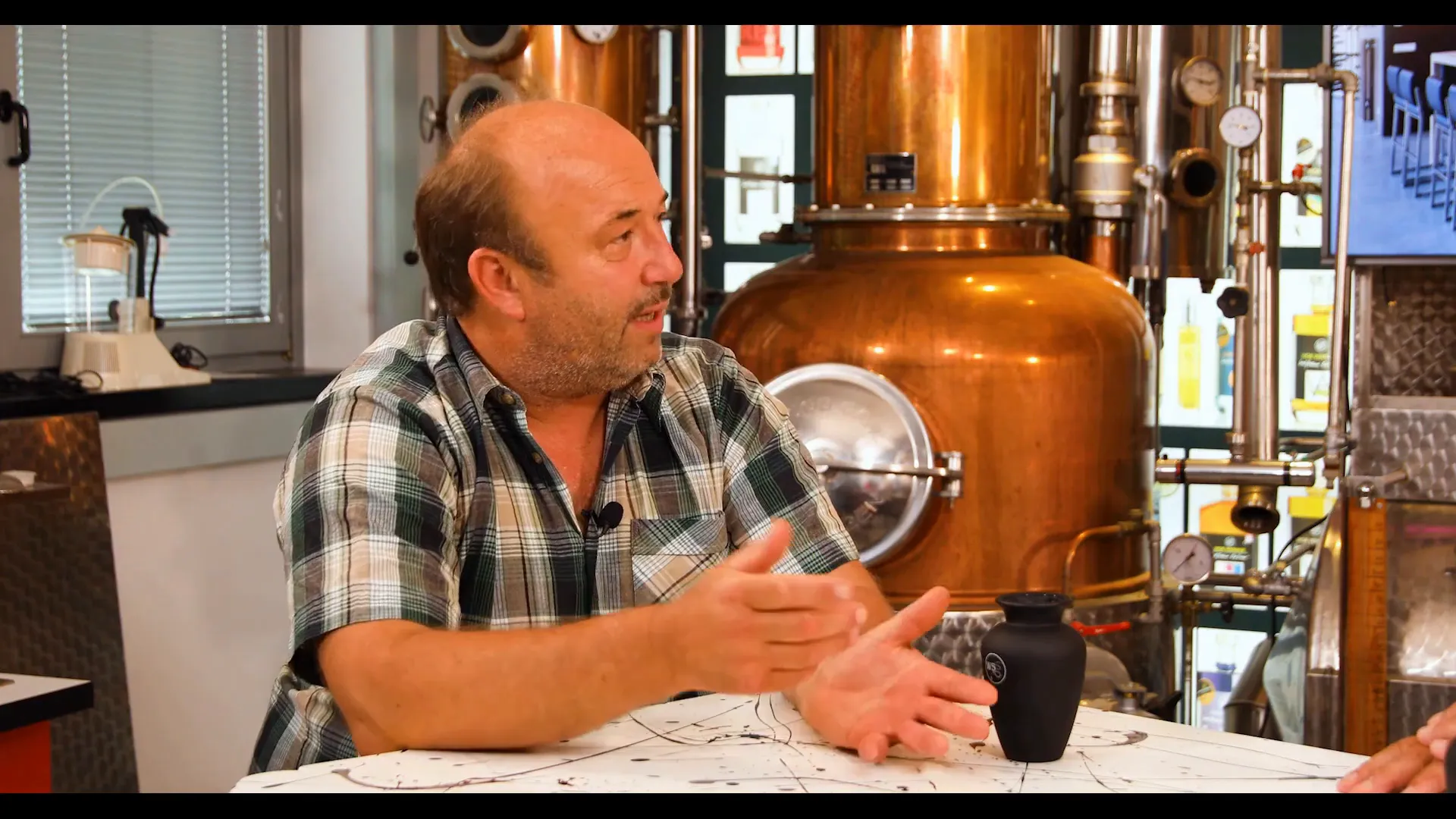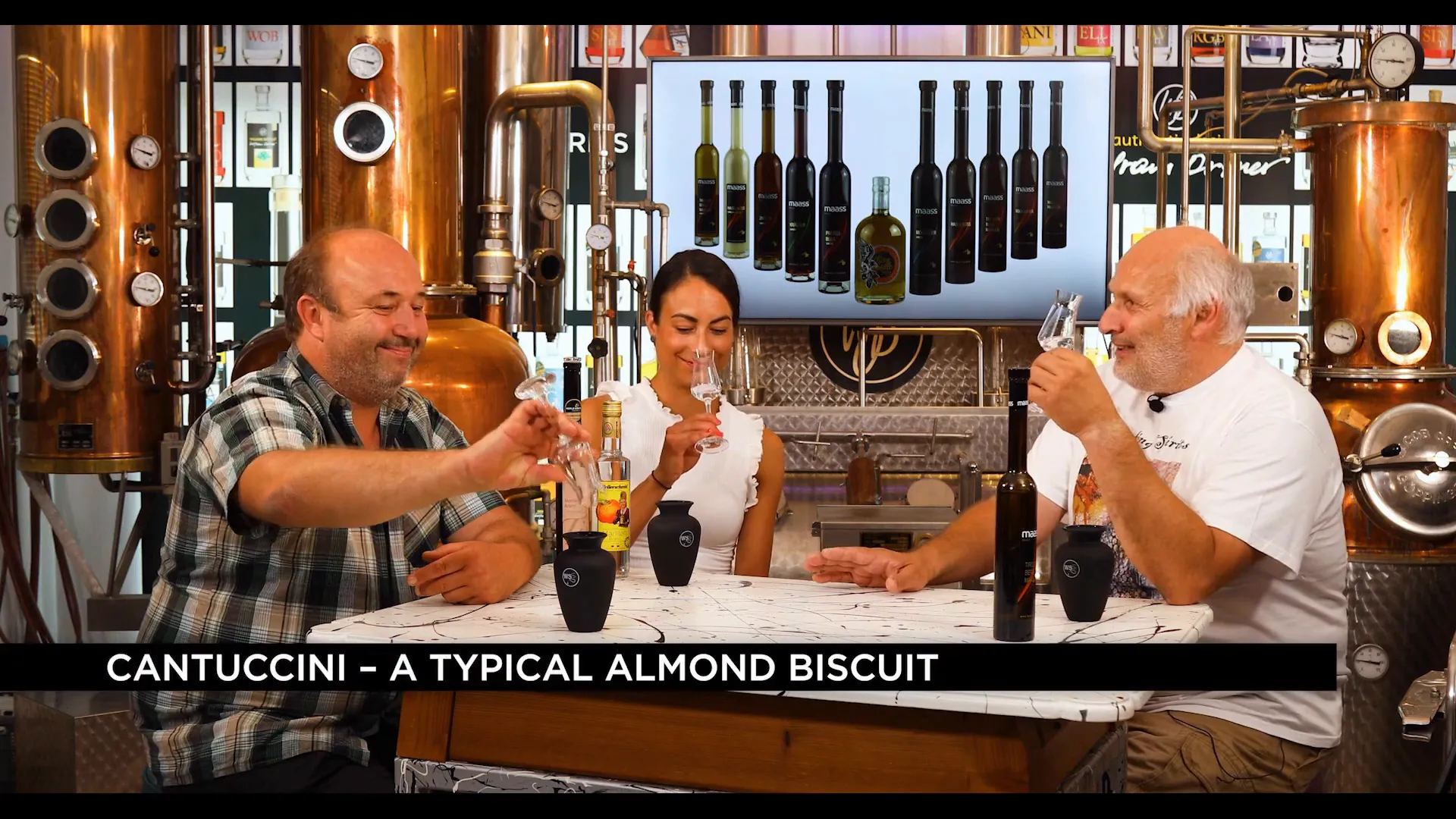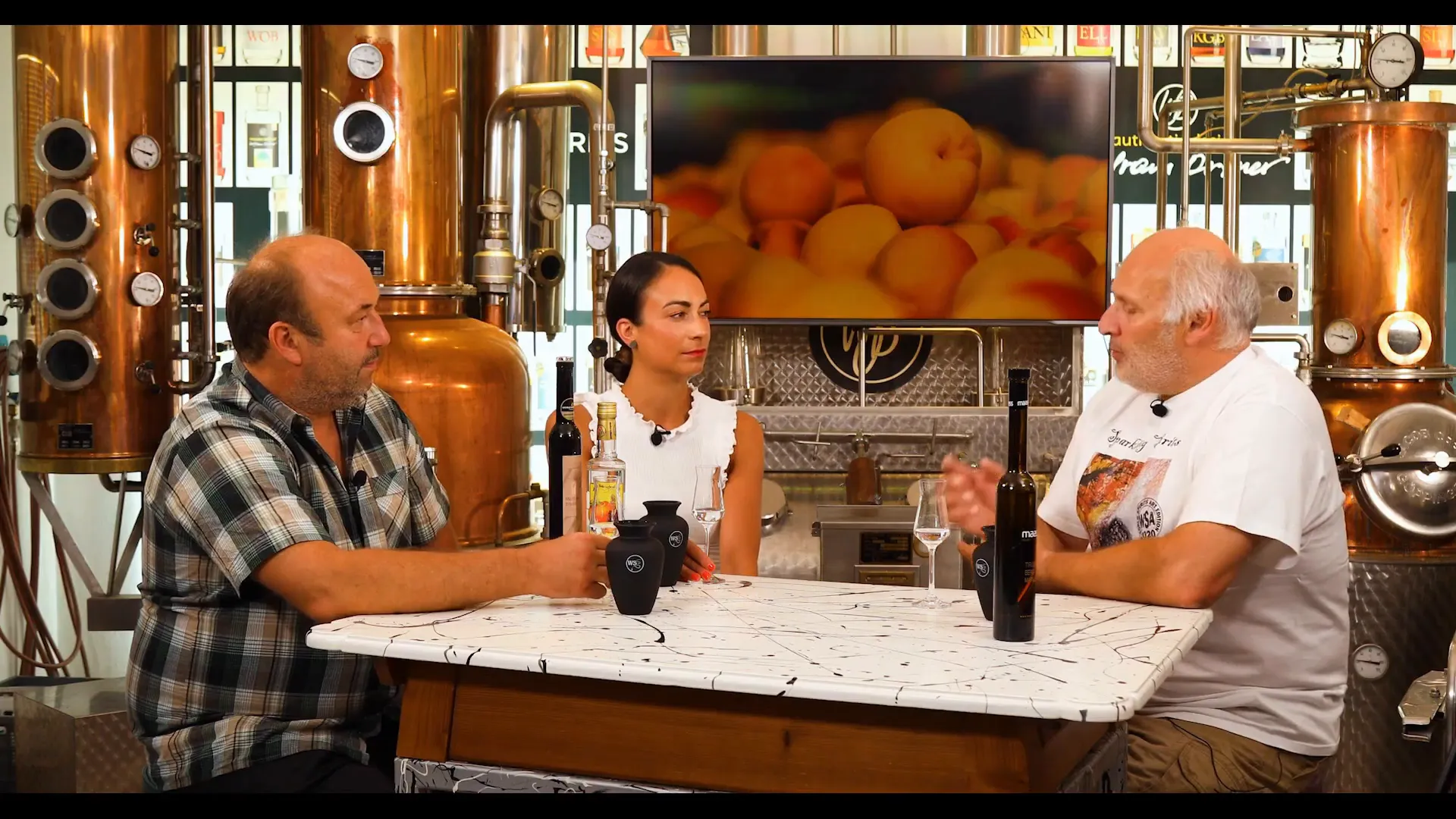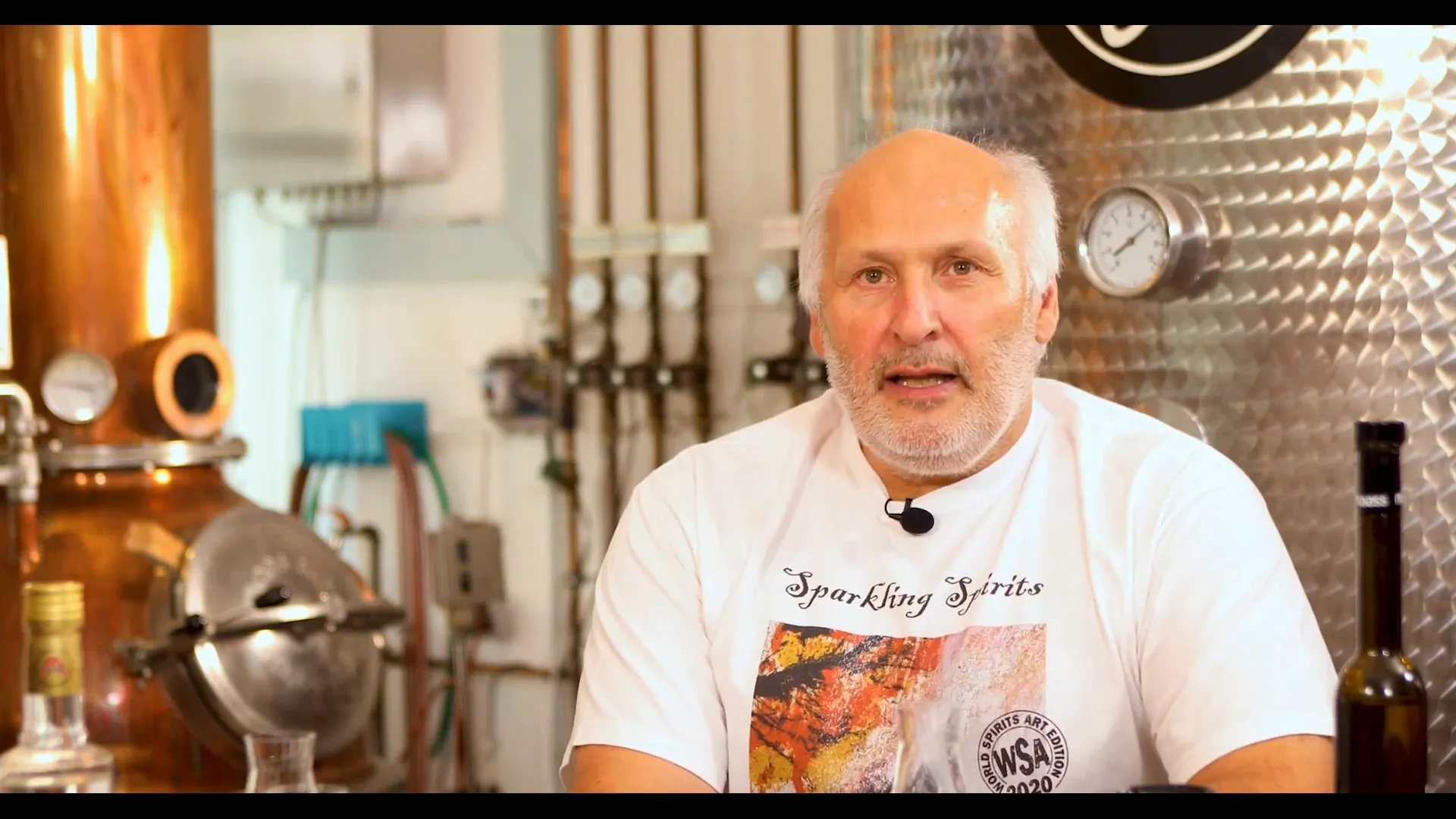
Table of Contents
- Introduction to Distillery Maass
- The Legacy of the Roman Road and Watchtower
- The Diverse Fruit Cultivation at Maass
- The Evolution of the Distillery
- Challenges in Apricot Farming
- Understanding the Microclimate for Apricot Growth
- The Role of Ginger in Distillation
- The Intricacies of Apricot Flavor Profiles
- Tasting Three Perfect Apricots
- Understanding the Almond and Marzipan Notes
- Conclusion: The Art of Crafting Apricot Schnapps
- FAQ about Apricot Schnapps and Distillery Maass
Exploring Apricot Schnapps from Distillery Maass: A Journey into the Heart of Wachau's Finest Fruits
Join us as we delve into the rich world of Apricot Schnapps from distillery Maass, where the exquisite flavors of Wachau apricots are transformed into a beloved spirit. In this blog, we will explore the unique cultivation, distillation process, and the passion behind producing this exceptional schnapps.
Introduction to Distillery Maass
Distillery Maass is a gem nestled in the heart of the Wachau Valley, renowned for its exquisite Apricot Schnapps. Established by a family passionate about fruit cultivation and distillation, it has become a leader in producing high-quality spirits. The distillery thrives on the rich history of the region, combined with innovative practices that respect traditional methods.
With a commitment to quality, every bottle of Apricot Schnapps from Distillery Maass reflects the unique terroir of the Wachau Valley. This dedication to excellence has garnered a loyal following among spirit enthusiasts and connoisseurs alike.
The Legacy of the Roman Road and Watchtower
The location of Distillery Maass is steeped in history, lying along the ancient Roman road. This road was once a vital trade route, connecting various regions and facilitating commerce. The distillery's property also boasts a historical watchtower, which has stood for over 2,000 years, serving as a sentinel over the valley.
This historical backdrop not only adds to the charm of the distillery but also influences the flavors of the apricots grown in the area. The rich soil and microclimate created by the surrounding hills contribute to the unique characteristics of the fruits used in their schnapps.
The Diverse Fruit Cultivation at Maass
At Distillery Maass, apricots take center stage, but the cultivation does not stop there. The team also grows apples, pears, plums, and cherries, creating a diverse orchard that supports the distillery's production needs. This variety allows for an array of flavors, which enrich the schnapps and fruit spreads they produce.
The apricot trees, in particular, thrive in the sandy soils of the Wachau region, where the climate is dry and the elevation ensures good drainage. This environment is perfect for producing apricots that are rich in flavor and aroma, essential for crafting high-quality schnapps.

The Evolution of the Distillery
Over the past four generations, Distillery Maass has evolved significantly. Originally focused on traditional fruit farming, the Maass family recognized the potential of distillation and began producing schnapps. Their dedication to innovation has led to the construction of a modern distillery that caters to both tourism and local markets.
This evolution reflects a broader trend in the spirits industry, where consumers increasingly seek authentic, locally produced products. The distillery has embraced this by offering tours and tastings, allowing visitors to experience the craftsmanship behind each bottle of Apricot Schnapps from distillery Maass.

Challenges in Apricot Farming
Farming apricots presents unique challenges, particularly in the volatile spring weather. Frost can severely impact the delicate blossoms, leading to crop loss. To combat this, the distillery employs overhead irrigation to protect the trees during critical blooming periods.
Furthermore, the Maass family has had to adapt their farming practices over the years. After facing devastating fire blight, they cleared their orchards and are now dedicated to cultivating healthy, resilient apricot varieties. This perseverance is a testament to their commitment to quality and sustainability.
Understanding the Microclimate for Apricot Growth
The unique microclimate of the Wachau Valley plays a crucial role in apricot cultivation. Nestled in a basin, the area benefits from warm days and cool nights, promoting the development of sugars and flavors in the fruit. This climate has been recognized for its agricultural potential for over 300 years.
The sandy soil further enhances the apricot trees' growth, as they thrive in well-drained conditions with minimal water. The annual precipitation levels of 500 to 600 mm are ideal, ensuring the trees receive enough moisture without the risk of overwatering.

The Role of Ginger in Distillation
Ginger, often celebrated for its culinary and medicinal properties, also plays a fascinating role in the world of distillation. While not traditionally associated with apricot schnapps, its inclusion can elevate spirits, adding complexity and warmth.
In distillation, the ginger root is processed in its entirety, including the skin, which contains many essential oils and flavor compounds. These components are crucial in imparting distinct citrus and spicy notes, enhancing the overall profile of the spirit.
The Intricacies of Apricot Flavor Profiles
Apricot schnapps is renowned for its nuanced flavor profile. The essence of a perfect apricot is captured in the schnapps, reflecting both the fruit's natural sweetness and its subtle tartness. When tasting, one can expect a delightful blend of peach and floral notes, with hints of rose and a touch of almond.
The authentic experience of apricot schnapps is characterized by a rich, jam-like quality that highlights the fruit's ripeness. This complexity makes each sip a journey, revealing layers of flavor that dance on the palate.

Tasting Three Perfect Apricots
To truly appreciate apricot schnapps, it is essential to understand the fruit itself. Tasting three distinct apricots provides insight into the quality and characteristics that make for exceptional schnapps. Each apricot brings forth unique flavors, ranging from the classic sweet notes to more complex, savory undertones.
The first apricot offers vibrant peach tones, a hallmark of ripeness, balanced with floral hints. The second apricot, known for its higher sugar content, delivers a jammy richness, while the third showcases a more subdued, yet equally delightful, almond essence.

Understanding the Almond and Marzipan Notes
Almond and marzipan notes are integral to the tasting experience of apricot schnapps. These flavors arise from the processing of the apricot stones, which contain compounds that contribute to the schnapps' aromatic profile. The presence of these notes can indicate the quality of the fruit used in production.
Marzipan, a sweet confection made from ground almonds, brings a creamy, nutty element to the schnapps. In contrast, bitter almond notes add a complexity that enhances the overall flavor experience. This delicate balance between sweetness and bitterness is what distinguishes a high-quality apricot schnapps from lesser varieties.

Conclusion: The Art of Crafting Apricot Schnapps
Crafting apricot schnapps is an art that combines tradition with innovation. The meticulous selection of fruit, attention to detail in distillation, and a deep understanding of flavor profiles come together to create a spirit that is both complex and enjoyable.
As we have explored, the role of the apricot, along with the subtle influences of ingredients like ginger, play a pivotal part in the final product. Each bottle of Apricot Schnapps from distillery Maass tells a story of passion, heritage, and the unique terroir of the Wachau Valley.

FAQ - Häufig gestellte Fragen
Die Verwandtschaftsgrade zwischen Kriecherl, Kirschpflaume, Ringlotte und Mirabelle sind faszinierend und bieten Einblicke in die Vielfalt der Steinobstsorten. Die Unterschiede liegen nicht nur in der Aromatik und der Fruchtmasse, sondern auch in der Geschichte und Züchtung.
Die Zwetschke wird weniger rustikal wahrgenommen, da sie nicht überreif geerntet wird. Überreife Früchte neigen dazu, rustikalere Noten zu entwickeln, während optimal gereifte Früchte elegante und duftige Aromen hervorbringen.
Die Fruchtreife spielt eine entscheidende Rolle für die Qualität des Destillats. Überreife Früchte können zu rustikaleren Noten führen, während optimal gereifte Früchte elegante und duftige Aromen hervorbringen. Die Reife der Frucht beeinflusst das Geschmacksprofil des Destillats maßgeblich.
Beim Brennen von Steinobst ist es entscheidend, dass die Stein- und Fruchtanteile in einem harmonischen Verhältnis stehen. Das Entkernen würde das Gleichgewicht zwischen Stein und Frucht stören und somit das Destillat beeinträchtigen. Beide Komponenten sind essentiell für ein ausgewogenes Destillat.
Sesorisches Wissen Kompakt - IWS.TV Fibel


The Difference between Brandy, Cognac & Armagnac




















